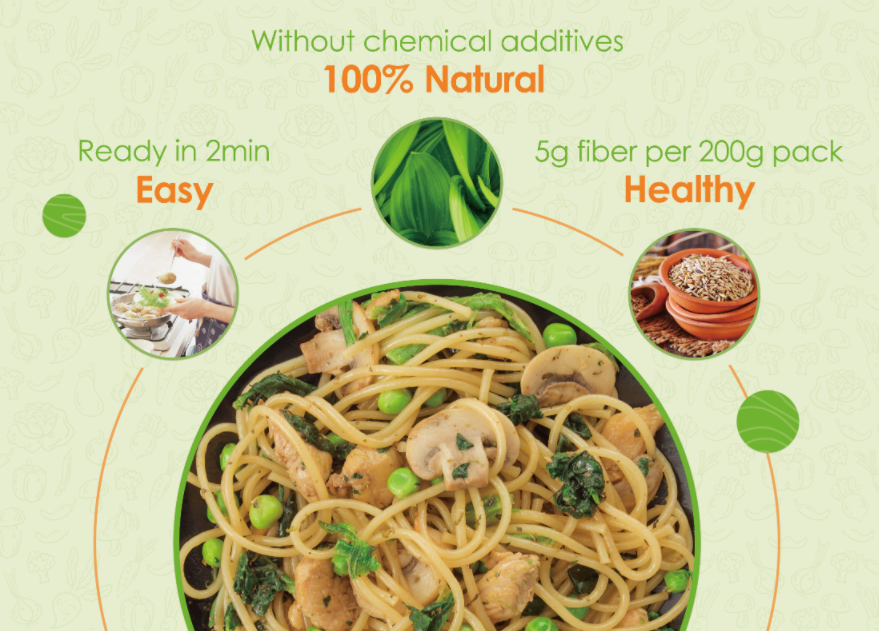
In the ever-evolving landscape of dietary trends and health-conscious eating, one name that has been making waves is konjac. This humble root vegetable, known scientifically as Amorphophallus konjac, has been a staple in Asian cuisine for centuries. However, it’s only recently that the world has begun to appreciate the incredible culinary and health benefits that… Continue reading Konjac Cuisine: The Secret to Healthy and Delicious Eating!
Read More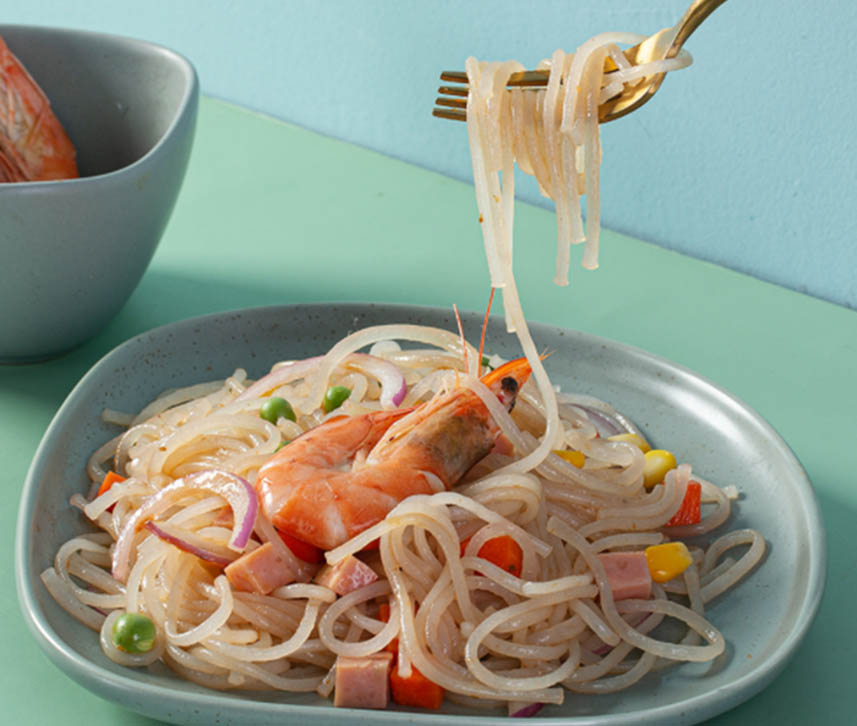
Are you looking for a healthier, gluten-free alternative to traditional noodles? Look no further than dry shirataki noodles! These translucent, low-calorie noodles are taking the culinary world by storm, offering an enjoyable pasta experience without the guilt. Dried Shirataki Noodles: A Low-Calorie Pasta Dream: If you’re watching your calorie intake or aiming to maintain a… Continue reading Dried Shirataki Noodles: A Low-Calorie, Gluten-Free Pasta Alternative!
Read More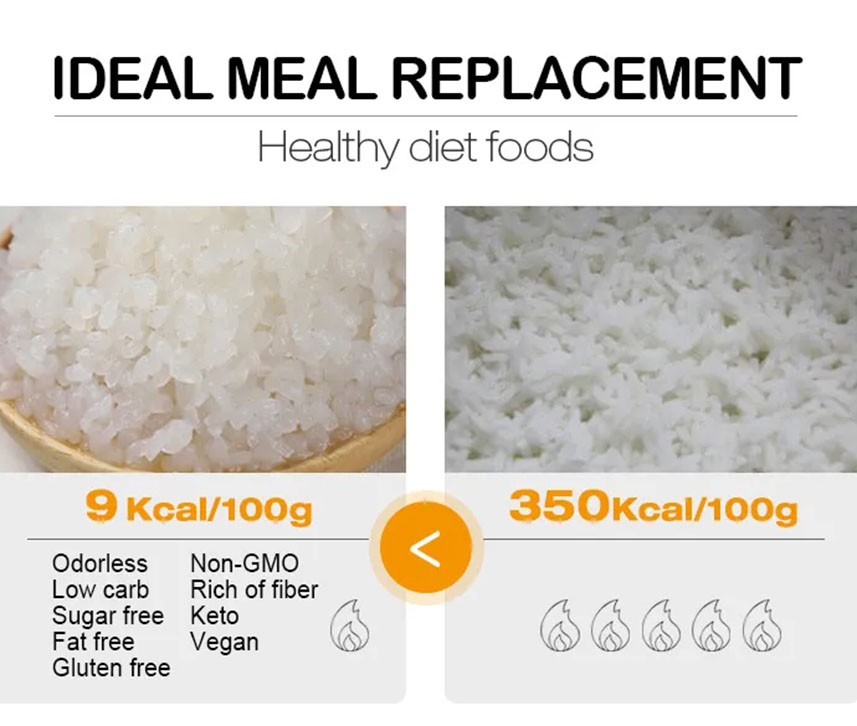
Konjac rice has recently gained popularity as a low-carb and low-calorie alternative to grain rice. While both types of rice are commonly used in various cuisines around the world, they have some fundamental differences that make them unique. Firstly, konjac rice is not actually rice at all, but rather a type of Japanese noodle made… Continue reading The Difference Between Konjac Rice And Grain Rice
Read More
Meal replacement foods that are very filling and low in calories have entered the vision of dieters, especially since the taste and texture of these foods are not bad, and compared to traditional high-calorie, high-fat foods, quickly occupy a large part of the market. Among them, konjac meal replacement food, I believe we are not… Continue reading Weight Loss Eating Konjac, How To Eat During Weight Loss To Be Effective?
Read More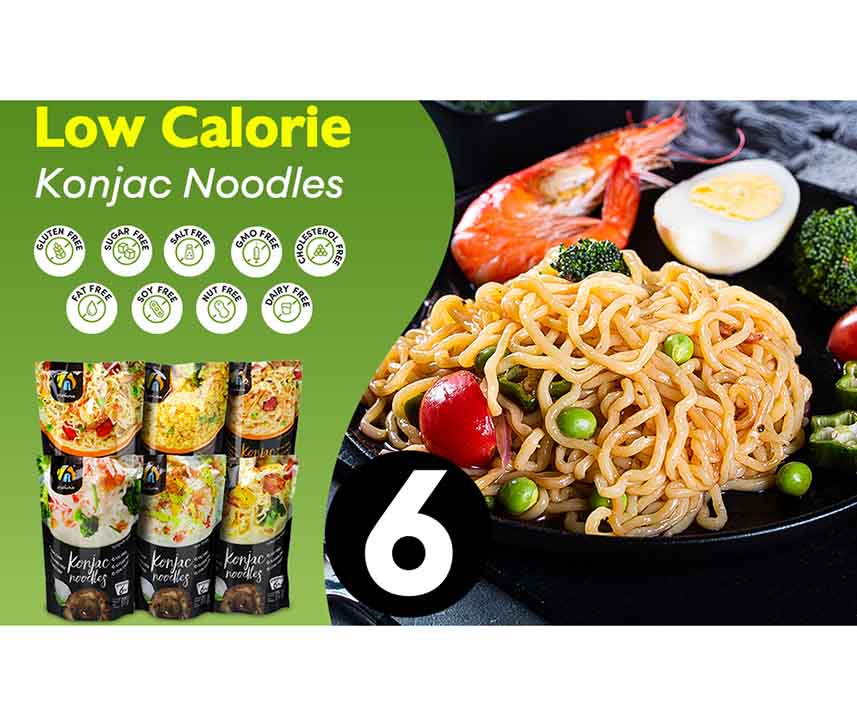
The konjac plant (Amorphophallus konjac) grows in slopes 2000 to 4000 ft above sea level, where it enjoys the habitat’s clean air and water. The edible part of the konjac plant is the root which resembles an oval shaped yam potato or taro. Konjac noodles are thin, low carb, chewy, and translucent traditional Japanese noodles.… Continue reading The Introduce Of The Konjac Pasta
Read More
Method 1: Konjac Jelly practice: 1. First put a small bowl of cold water in the pot, take a small spoon and put two tablespoons of konjac flour in it, and keep stirring while the fire is low, try not to have lumps, and the water will boil. 2. Pour into a bowl to cool,… Continue reading How to eat konjac flour, homemade simple recipe about konjac flour
Read More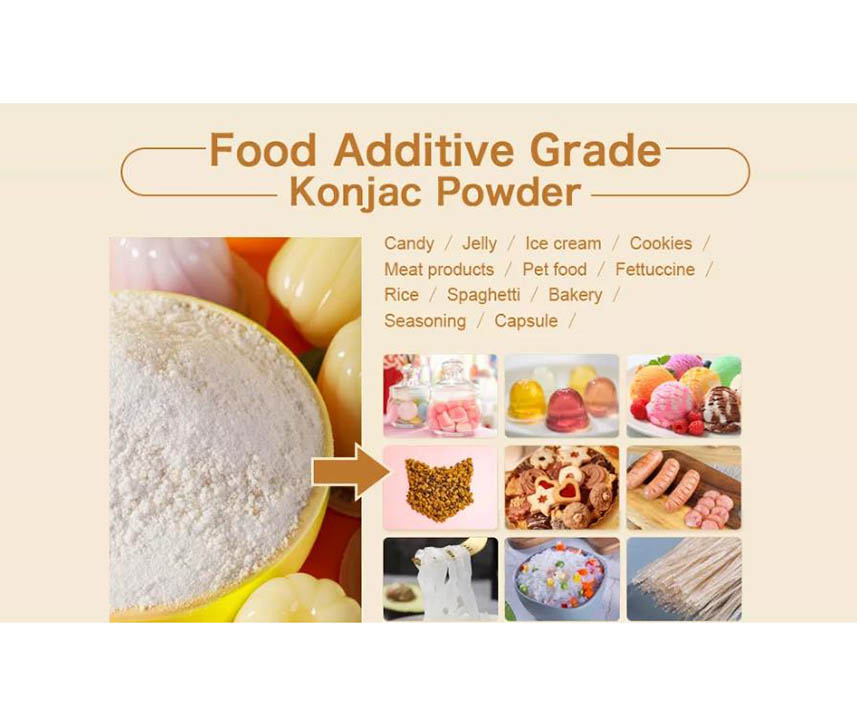
Konjac is a perennial herb of the Araceae family and has a long history of planting in the southwestern and central and western regions of China. We often eat konjac tofu, konjac flour and other foods, these are just some primary processed foods of konjac. In the big family of food additives, there is a… Continue reading The Role Of Konjac Gum In The Food Industry
Read More